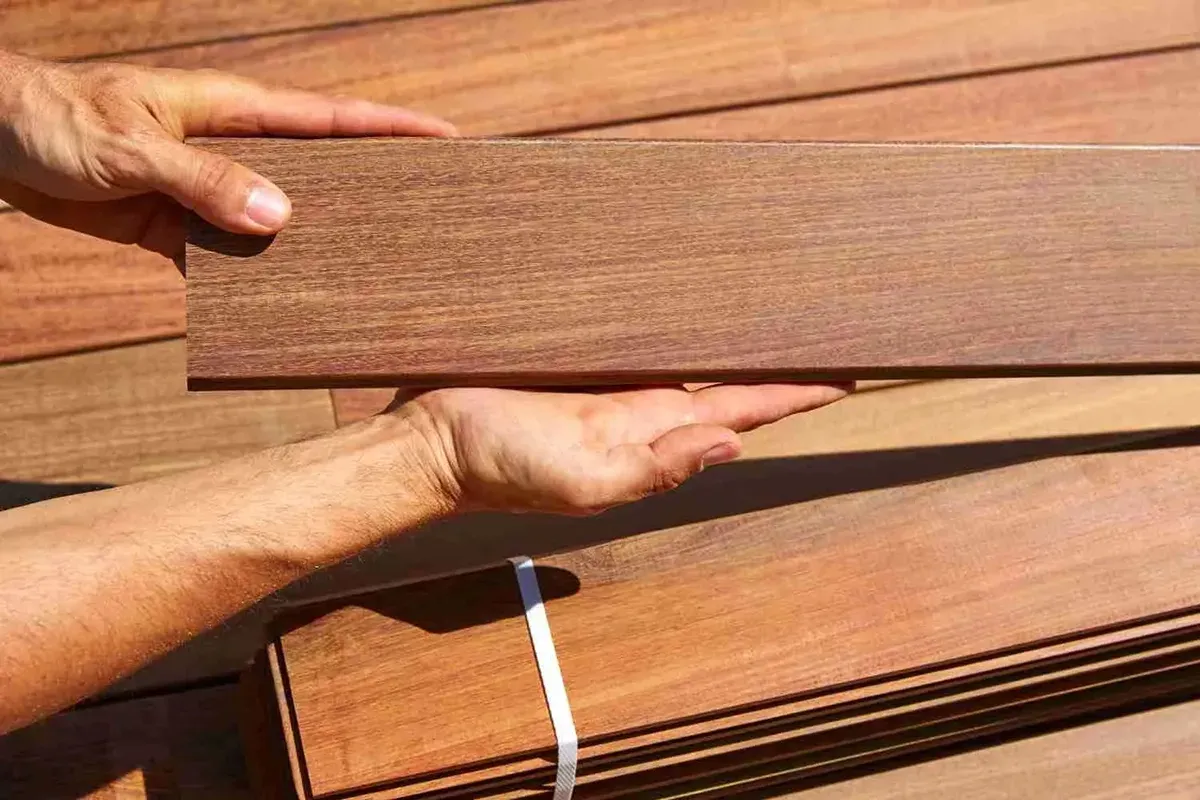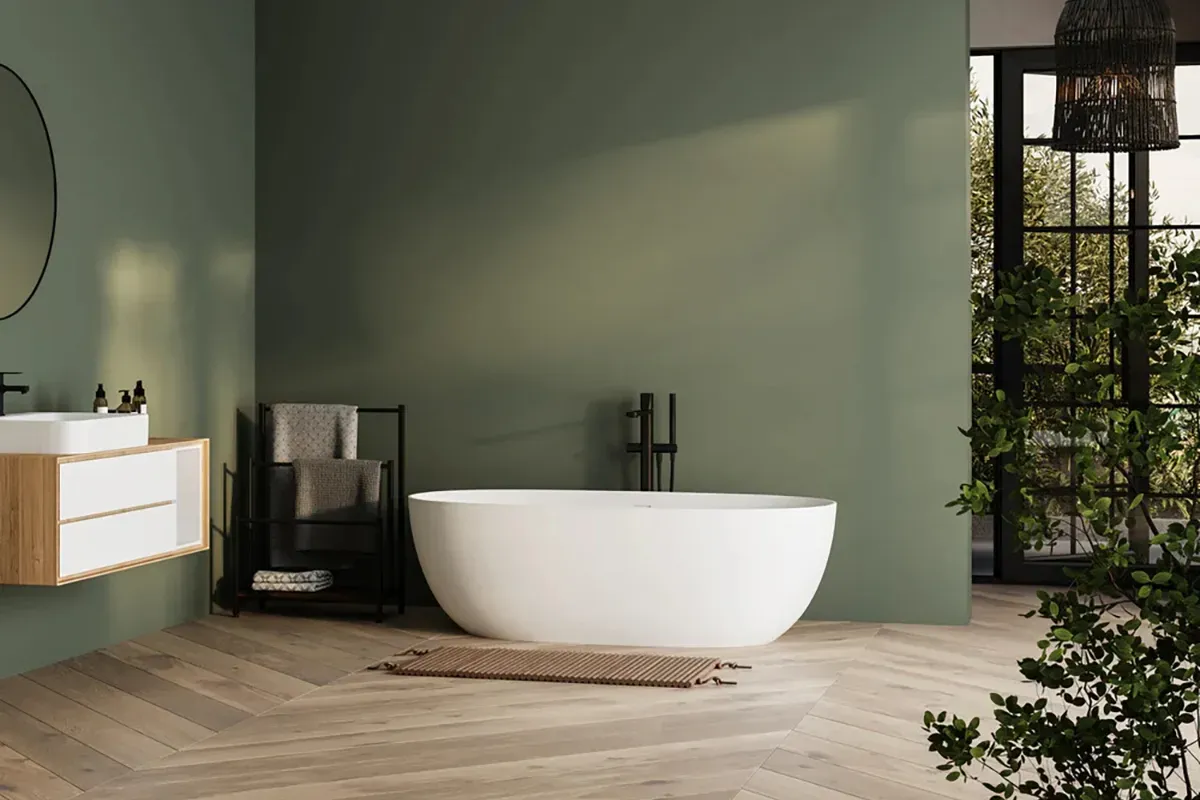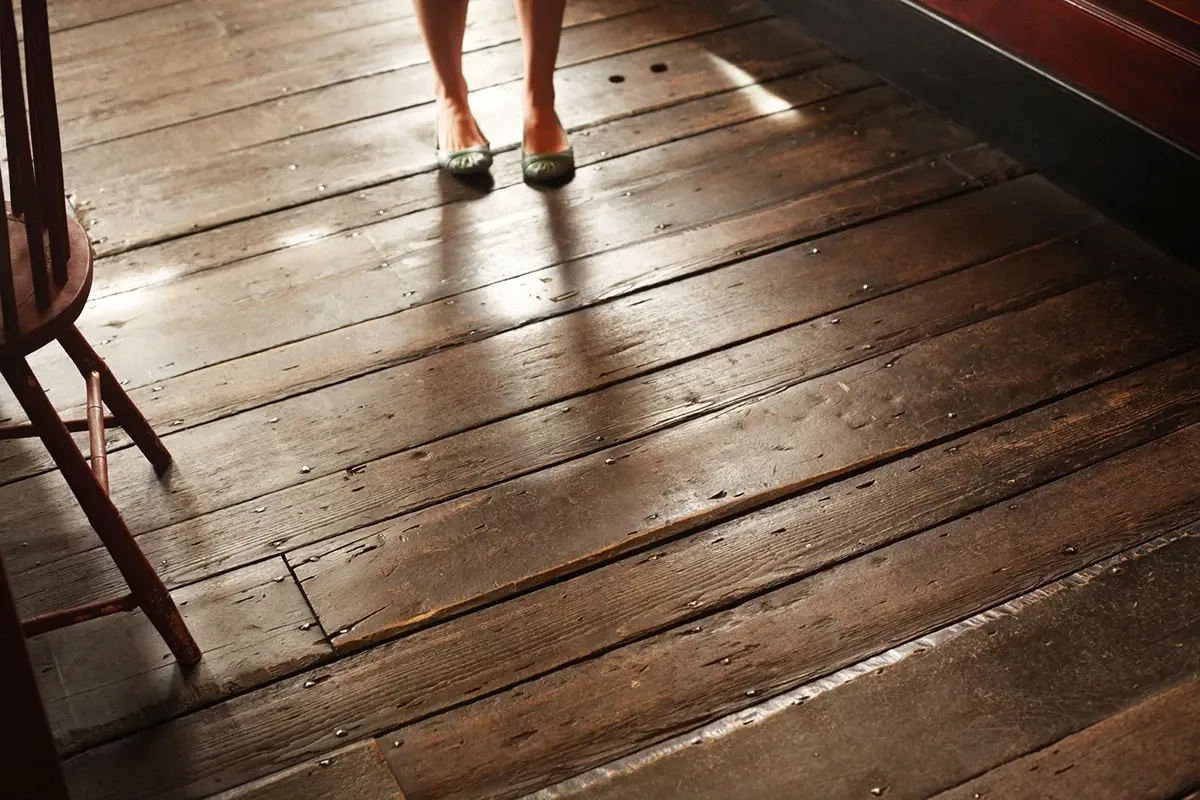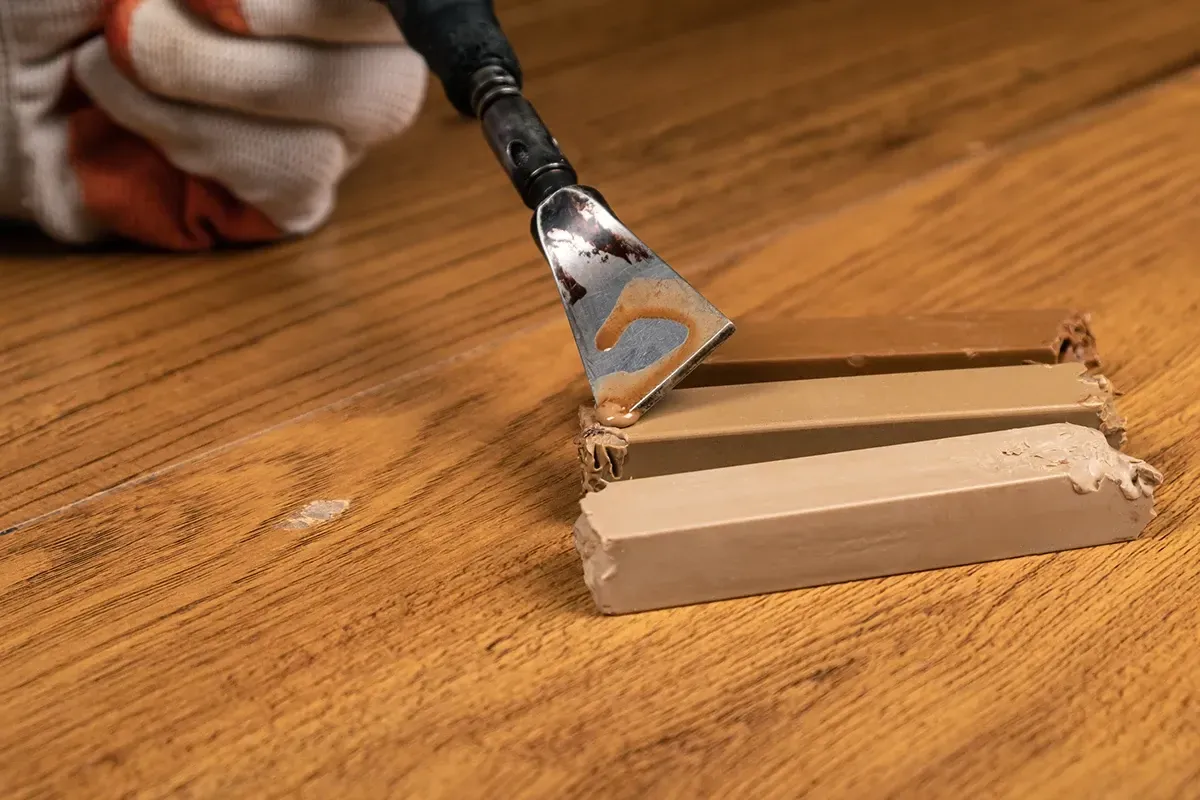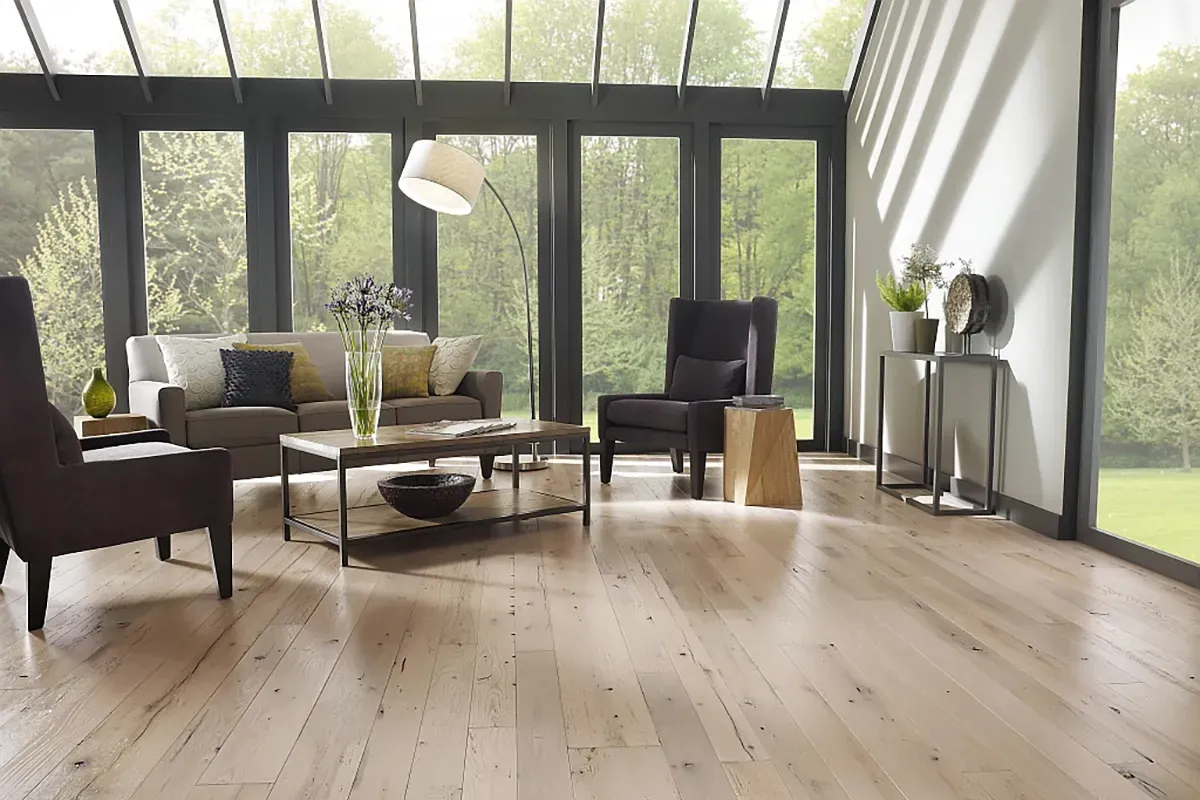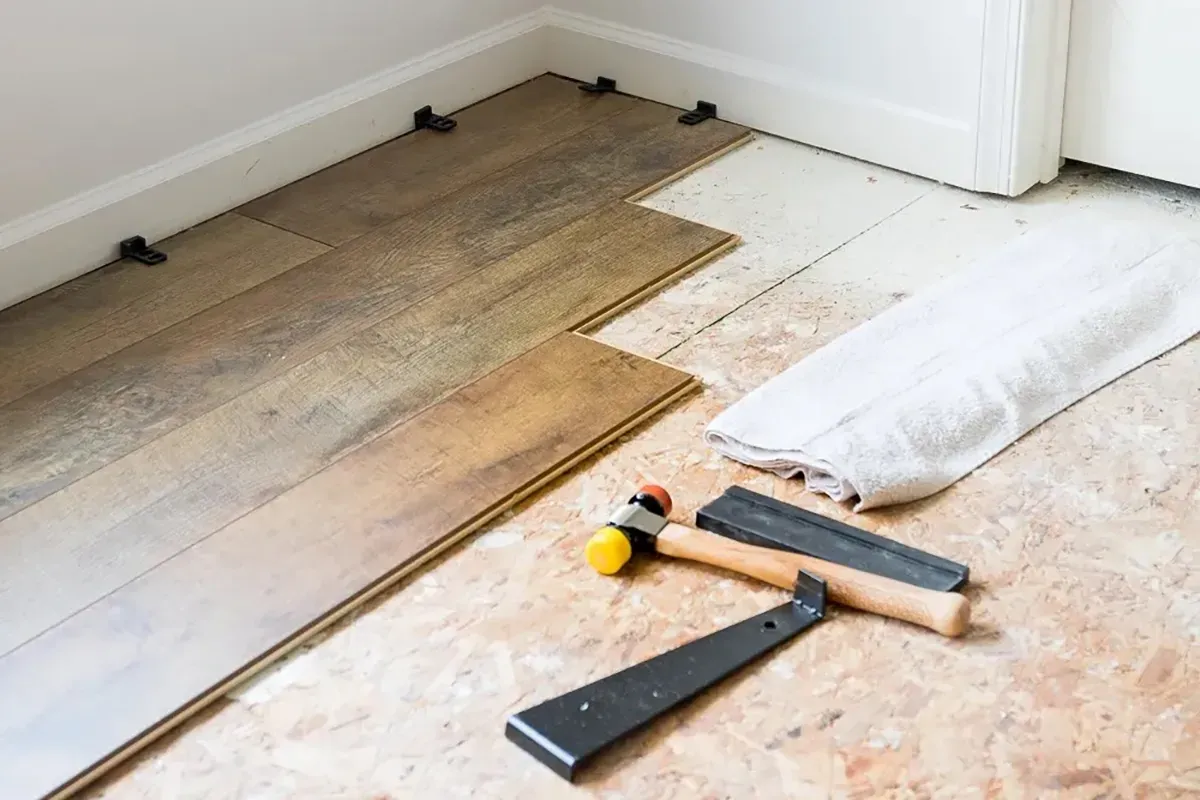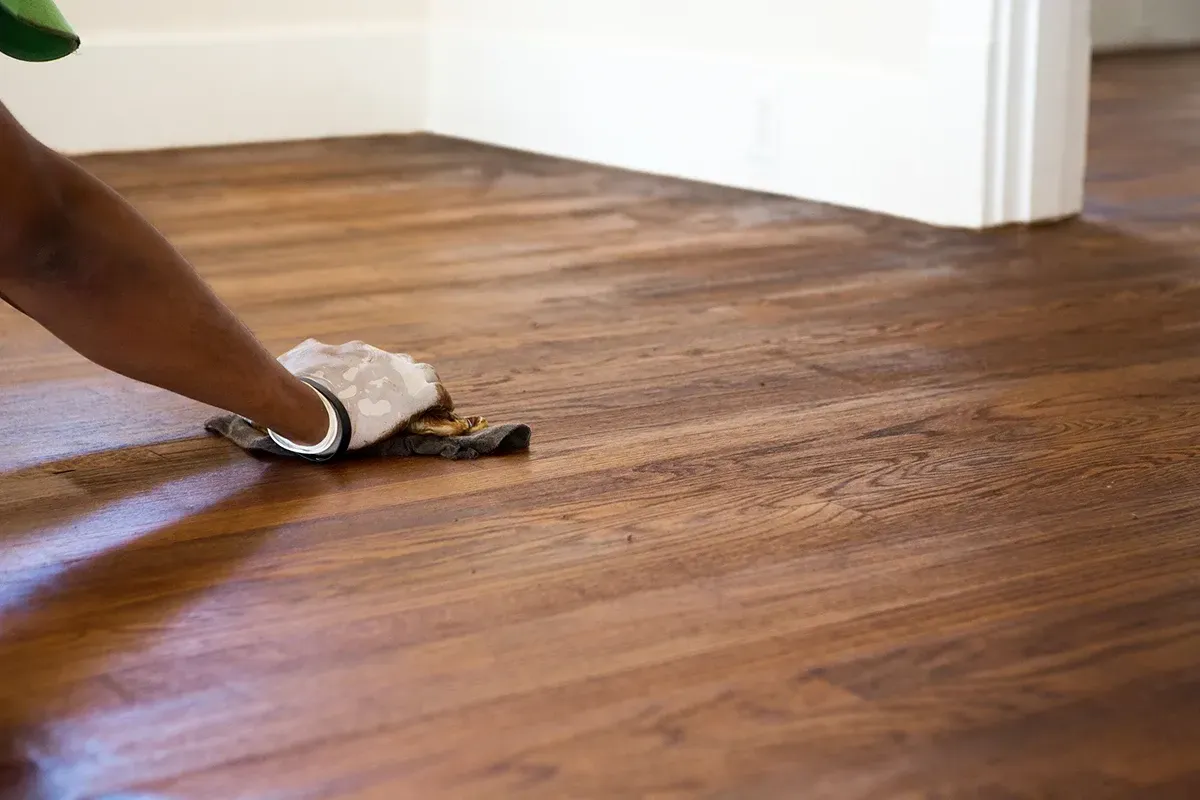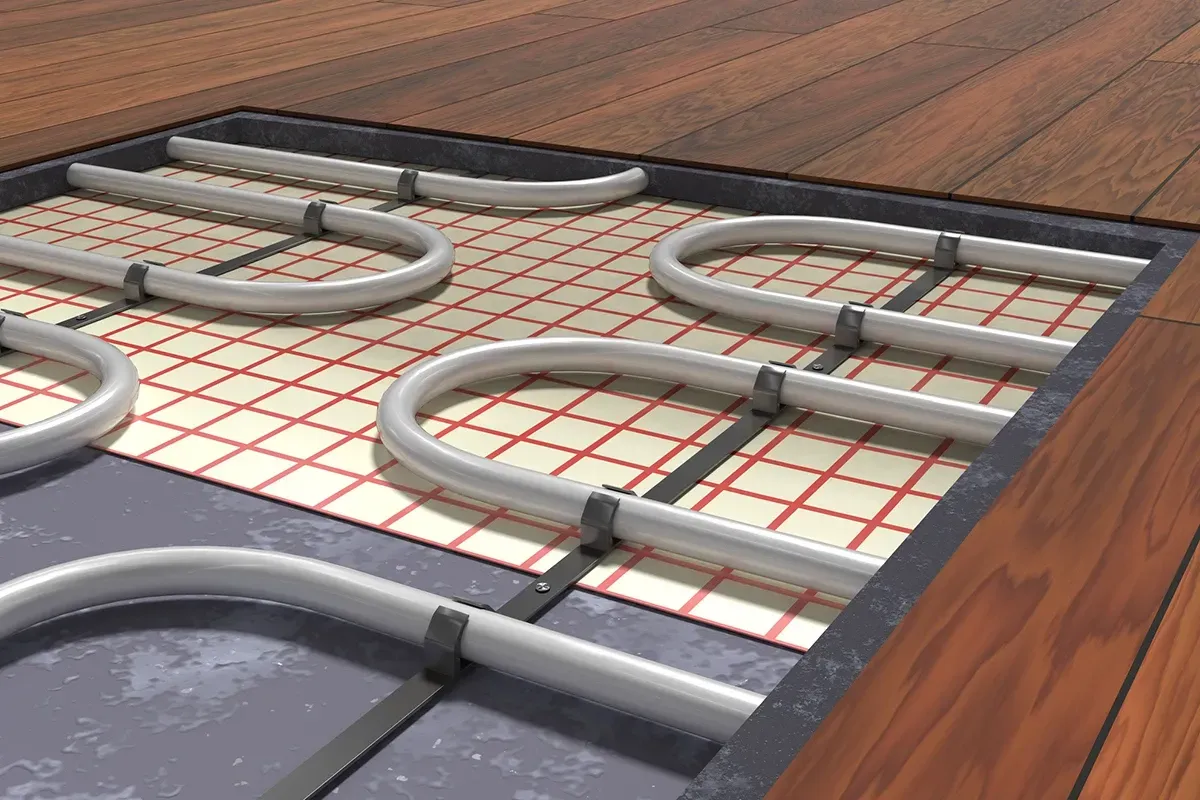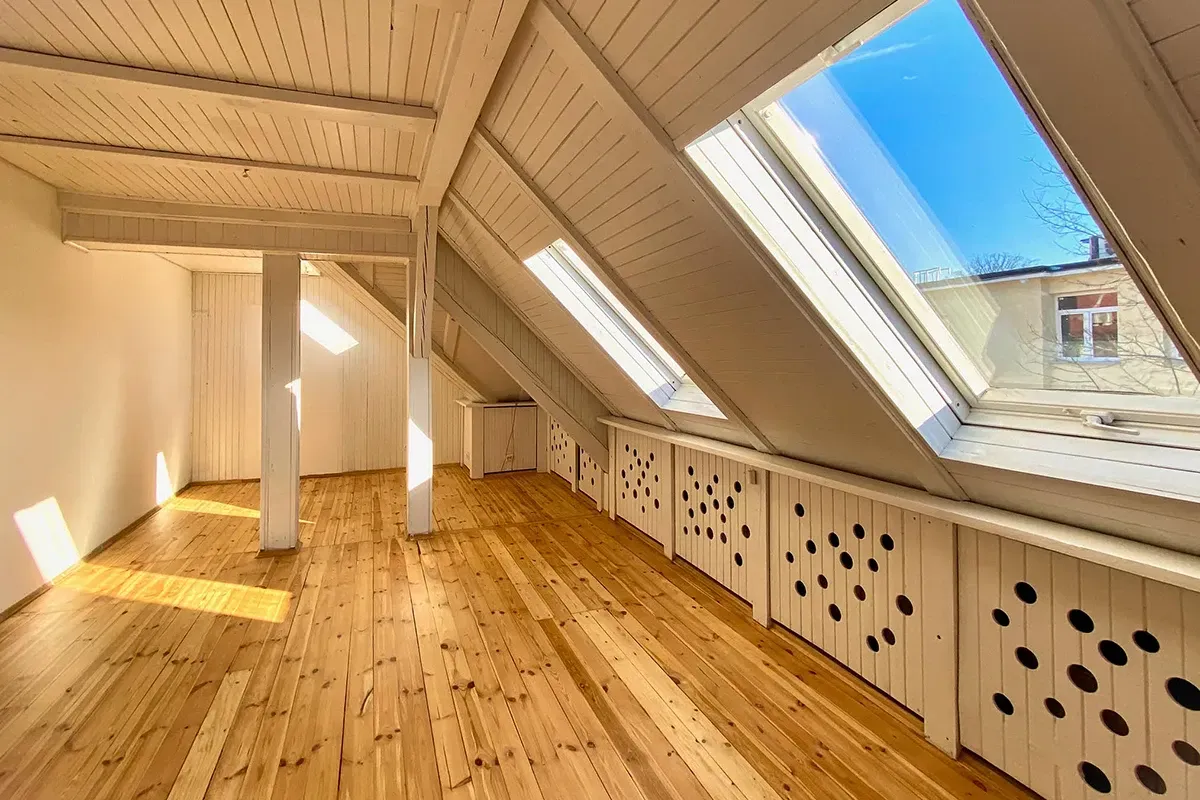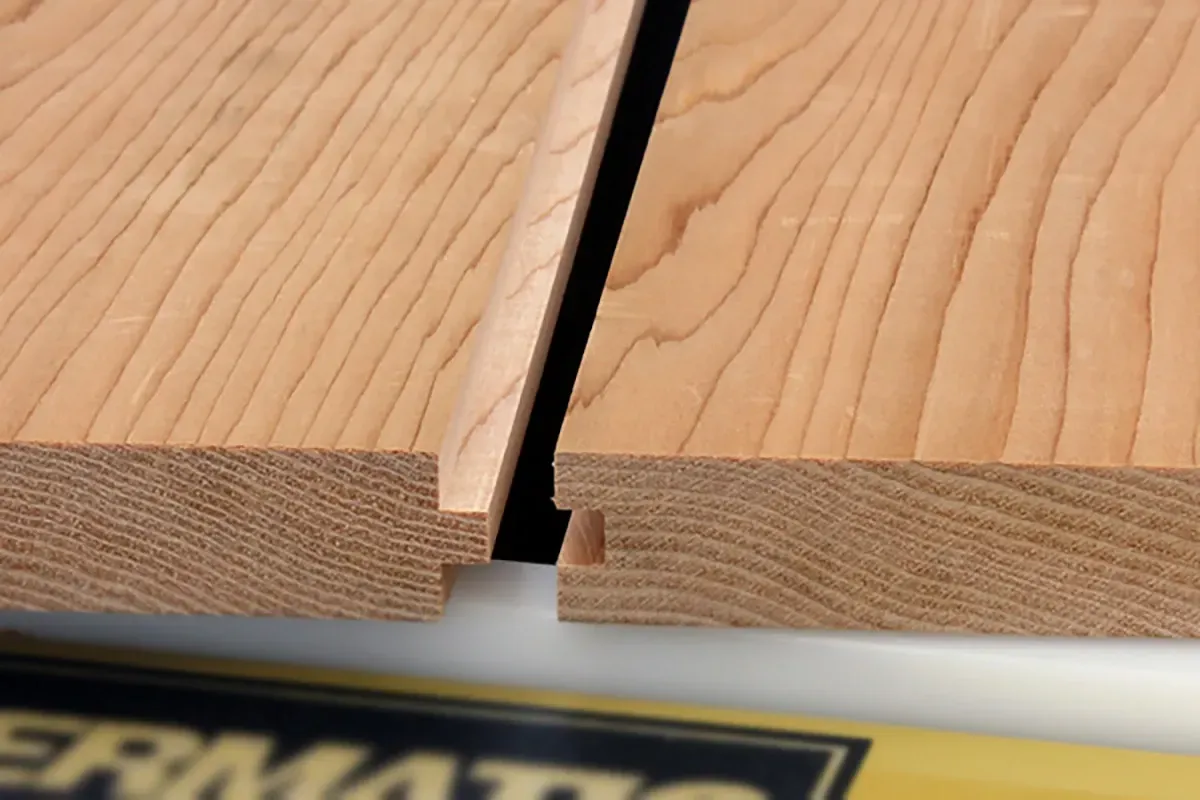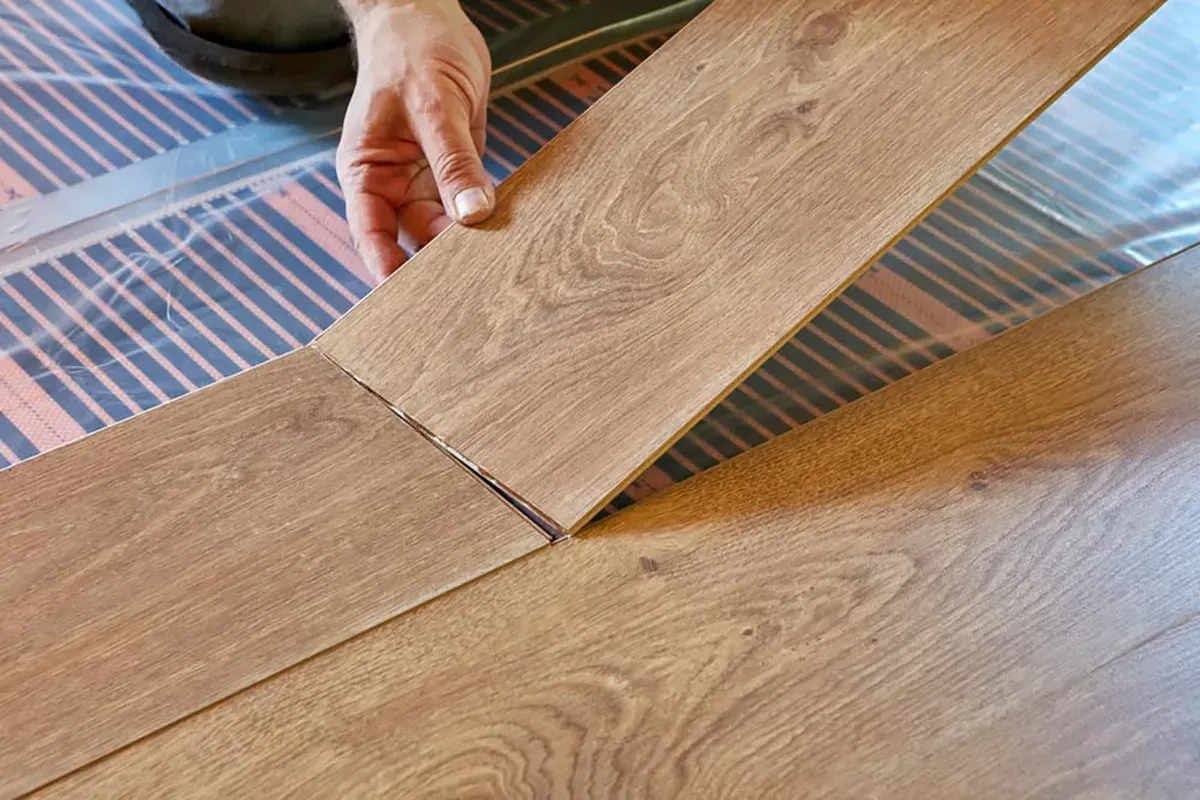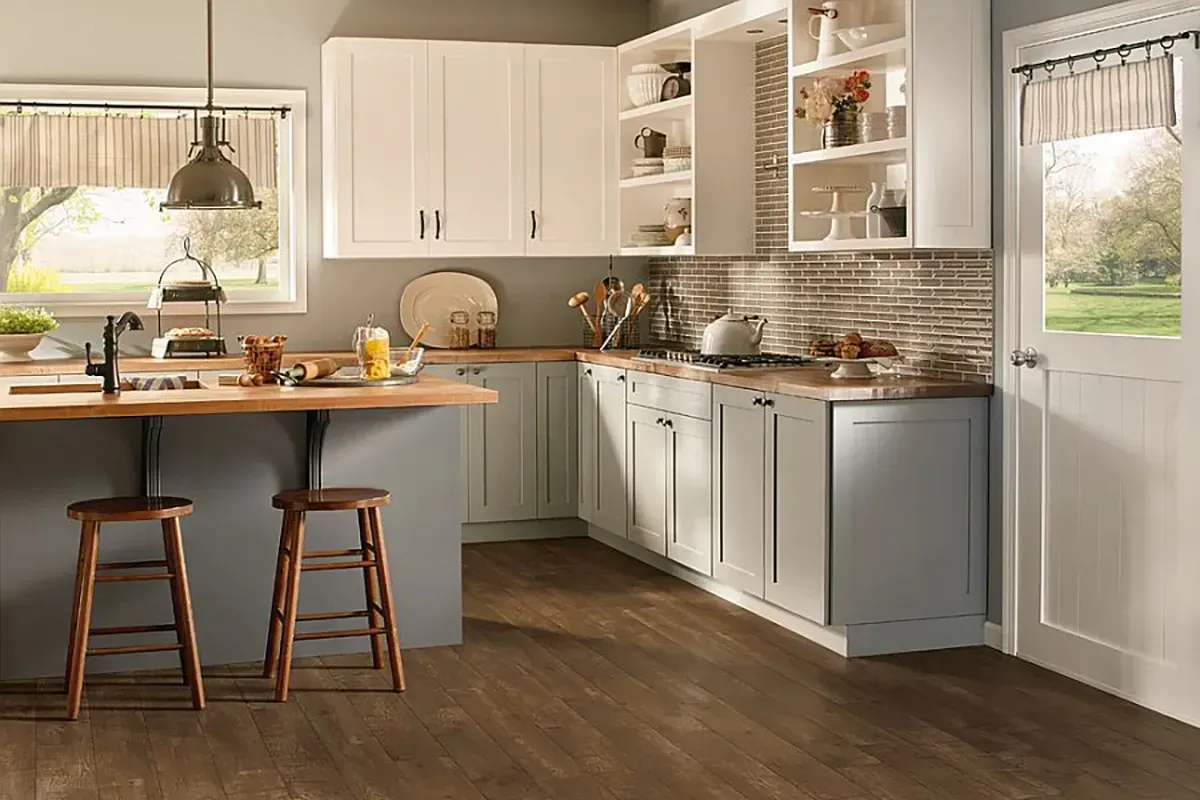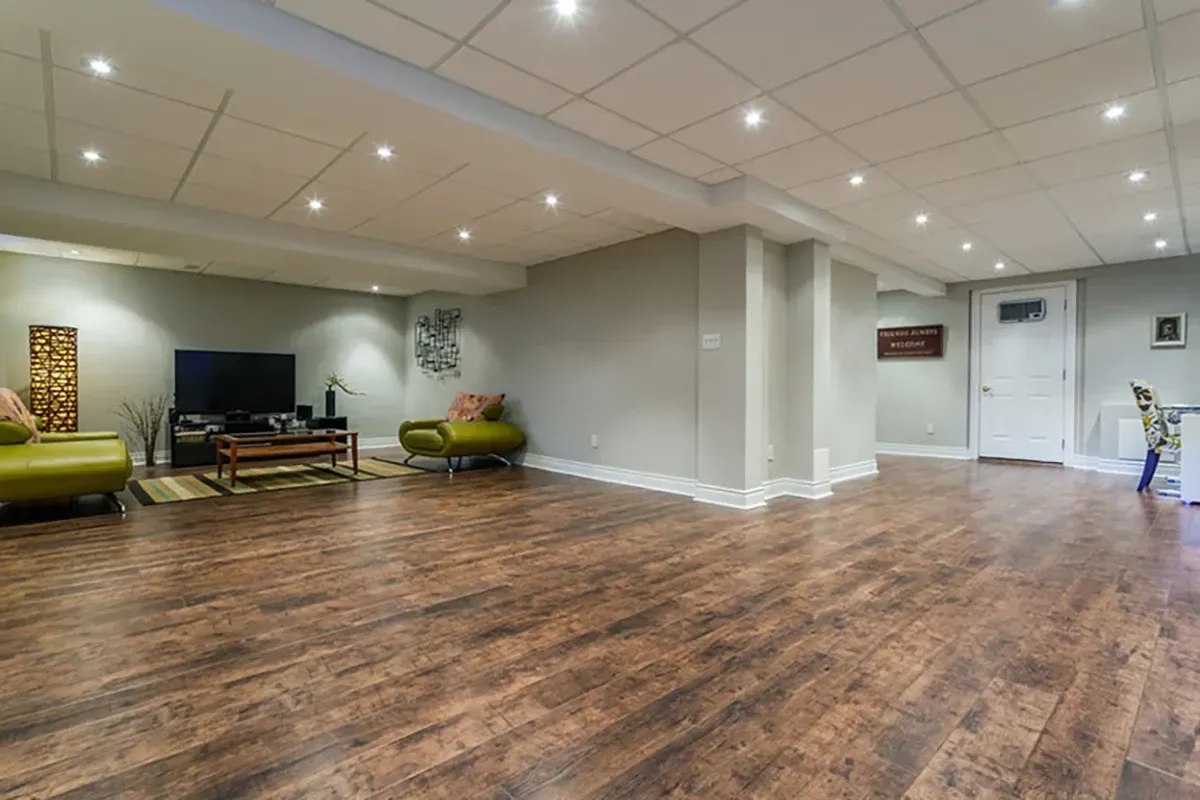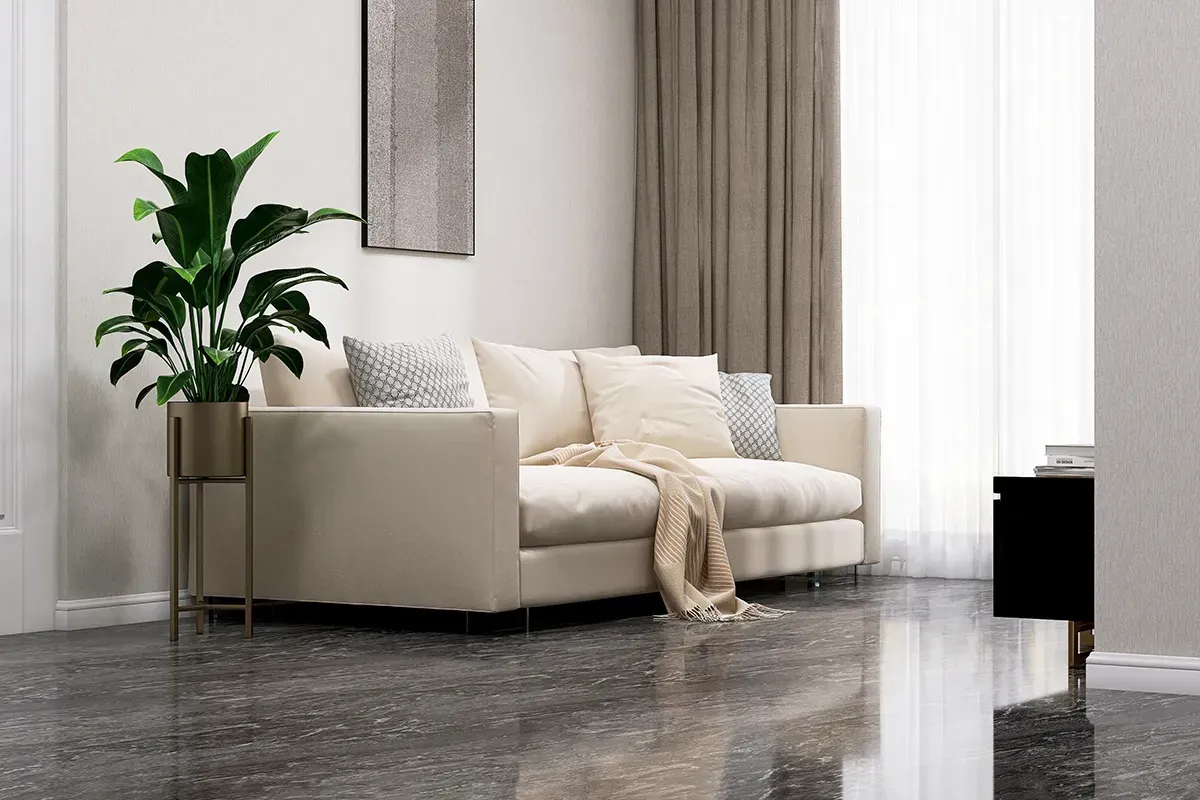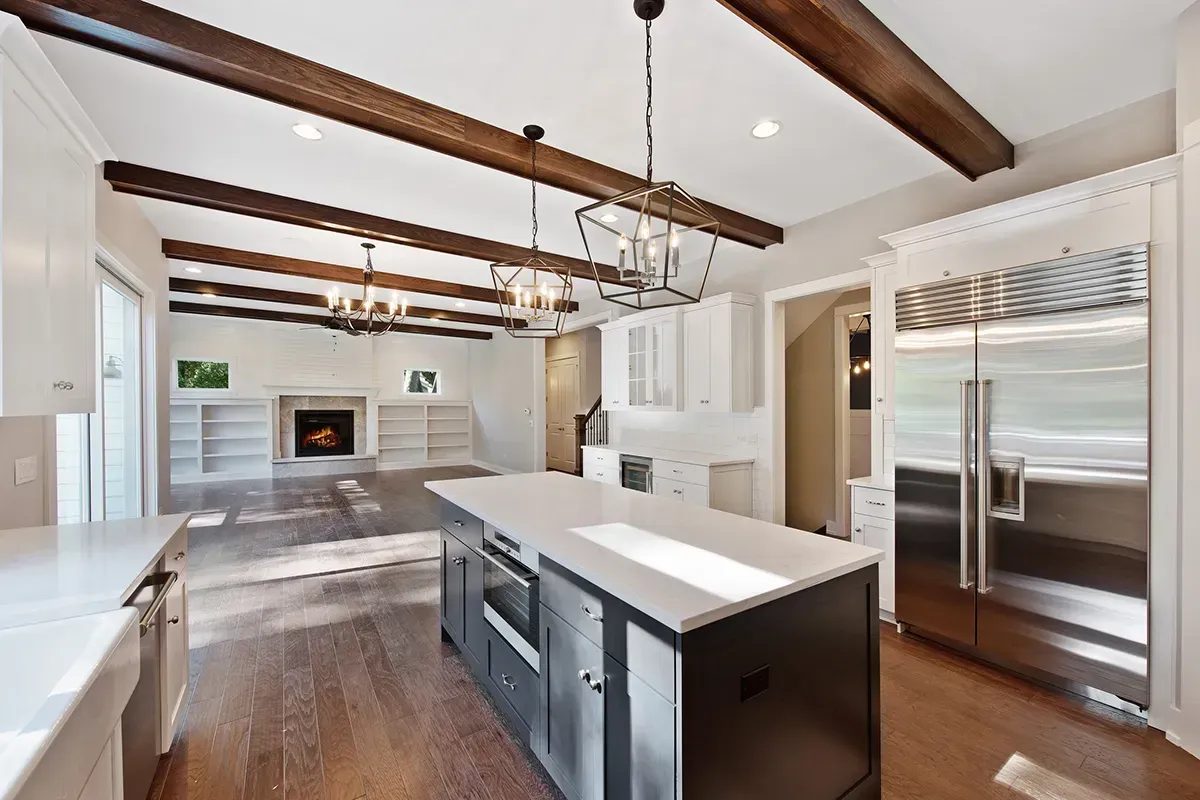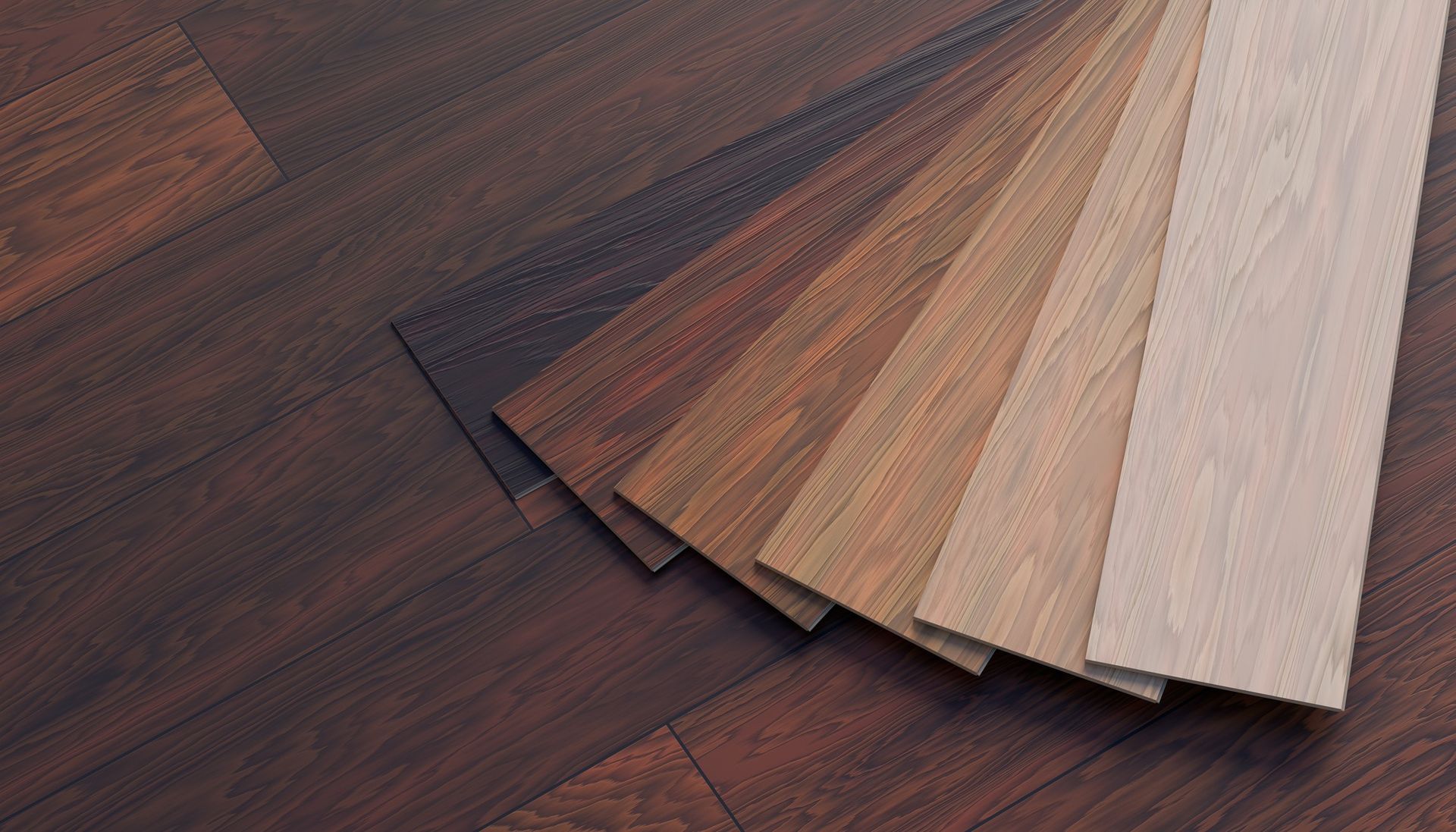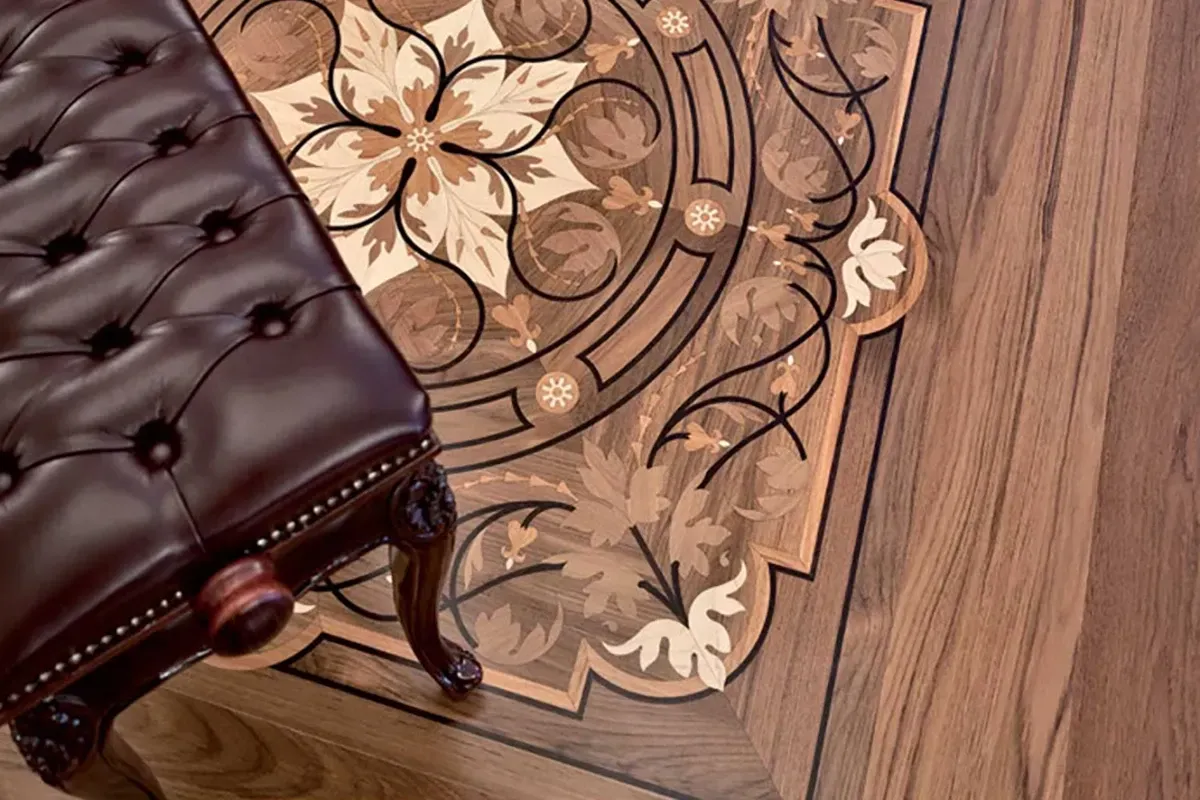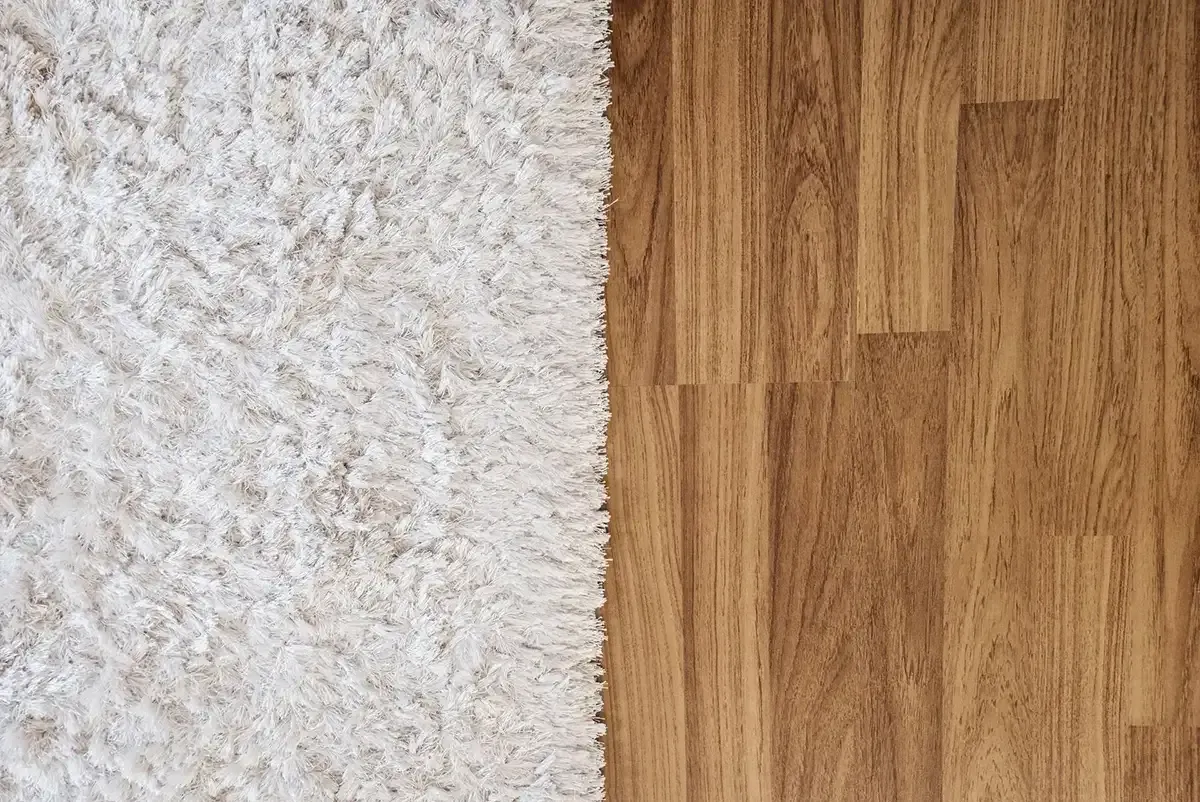Red Oak vs White Oak: Which is Best for Flooring?

Hardwood flooring remains one of the most sought-after flooring choices for homeowners, known for its timeless appeal, durability, and added home value. Both red oak and white oak are popular hardwood species, each offering unique aesthetic and structural qualities that appeal to different preferences. When it comes to choosing between red oak vs white oak for your flooring, there are several key differences to consider. Let’s explore the characteristics of each to help you decide which one best suits your needs.
1. Color Differences: Red Oak vs White Oak
At first glance, it might seem logical to assume that red oak flooring has a red hue and white oak flooring has a lighter, whitish color. While there is some truth to this, the color differences between the two go beyond these assumptions:
- Red Oak: This species has a natural rosy undertone, with hints of pink that are particularly visible in its unfinished form. Staining red oak can alter this appearance; darker stains can diminish the red undertones, while lighter finishes allow the color to shine through.
- White Oak: Contrary to its name, white oak is slightly darker than red oak, with warmer yellow or brown undertones. This makes it an ideal choice for those who prefer a more natural and earthy tone in their flooring.
Understanding these differences can help guide your choice depending on your home’s color scheme and design aesthetic.
2. Grain Patterns and Texture
The grain pattern is another important characteristic that differentiates red oak vs white oak. Each wood type has distinct grain features that can affect both appearance and texture:
- Red Oak: Known for its prominent, open grain, red oak has a bolder look with more visible patterns. This makes it a great choice if you want a floor that masks minor scratches and dents. The open, porous grain structure also gives red oak a softer, more textured feel.
- White Oak: In contrast, white oak has a smoother, more uniform grain with finer, less pronounced lines. This subtle texture gives white oak a sleeker and more polished look, which works well in modern or minimalist interior designs.
While both options are beautiful, the decision often comes down to whether you prefer the bold texture of red oak or the understated elegance of white oak.
3. Hardness and Durability
When choosing a hardwood floor, durability is often a key consideration, particularly in high-traffic areas. The Janka hardness scale measures the resistance of wood to wear and dents, and it can help determine the durability of red oak and white oak.
- Red Oak: With a Janka hardness rating of 1290, red oak is a resilient flooring option that withstands wear while masking dents and scratches relatively well due to its grain pattern.
- White Oak: White oak has a slightly higher Janka rating of 1360, meaning it is denser and marginally harder than red oak. This added hardness gives white oak a slight edge in durability, making it ideal for homes with pets or areas with heavier foot traffic.
4. Grades of Red Oak vs White Oak Flooring
When selecting red oak vs white oak flooring, it’s also important to consider the grade, as this will impact both the look and cost of your flooring. Here are some common grades defined by the NWFA/NOFMA Grading Guidelines:
- Clear Grade: Clear grade offers the cleanest, most uniform appearance, with minimal knots, grain variation, and color differences. This grade is ideal if you want a refined look, although it is generally more expensive as it uses select cuts of the wood.
- Select Grade: Select grade includes slight color variations and minimal character marks like small knots and mineral streaks. This option provides a balance between natural character and a clean appearance, making it a popular choice for residential applications.
Opting for a higher grade can ensure a more uniform floor, while lower grades bring out the wood's natural beauty with more visible imperfections.
5. Environmental Suitability
When considering red oak vs white oak for kitchen and bathroom flooring, it’s essential to think about how each wood type will perform in areas exposed to moisture. White oak tends to be more water-resistant than red oak due to its tighter grain structure, making it a better choice for moisture-prone areas like kitchens and entryways.
However, if you prefer red oak for its aesthetic, ensure proper sealing and finishing to enhance its resistance to moisture.
6. Cost Comparison
Pricing can also be a factor in choosing between red and white oak flooring. Generally:
- Red Oak: Often more readily available, red oak is usually priced lower than white oak. This makes it a budget-friendly option for those seeking the classic look and durability of hardwood without breaking the bank.
- White Oak: White oak can be slightly more expensive due to its denser wood and greater moisture resistance, which some find worth the additional investment.
Both red oak and white oak offer excellent value for their price points, and the final decision may depend more on personal preference and specific project needs.
7. Design and Aesthetic Considerations
When it comes to aesthetics, the decision between red oak and white oak largely boils down to the look you’re aiming to achieve:
- Red Oak: The bold grain patterns of red oak make it perfect for traditional or rustic decor styles, where a warm, inviting ambiance is desired.
- White Oak: White oak’s subtle graining and cooler tones make it an excellent choice for contemporary, Scandinavian, or minimalist spaces that benefit from a cleaner and more modern appearance.
Conclusion
Both red oak and white oak are top choices for hardwood flooring, each with unique benefits that can enhance your home’s beauty and functionality. Red oak stands out with its bold, textured grain and warm undertones, offering a classic look that complements rustic and traditional designs. White oak, with its refined, uniform grain and subtle colors, is ideal for modern, minimalist settings.
When selecting between red oak vs white oak, consider factors such as durability, grain pattern, environmental suitability, and overall aesthetic to determine which best aligns with your design vision. Whatever you choose, both options bring the natural warmth and timeless appeal that only hardwood floors can offer.
For more expert advice on selecting the perfect oak flooring for your space, visit Rejuvenation Floor & Design in Portland, Oregon. Give us a call at (503) 989-8997 to explore samples and learn more about how we can help bring your flooring vision to life!

